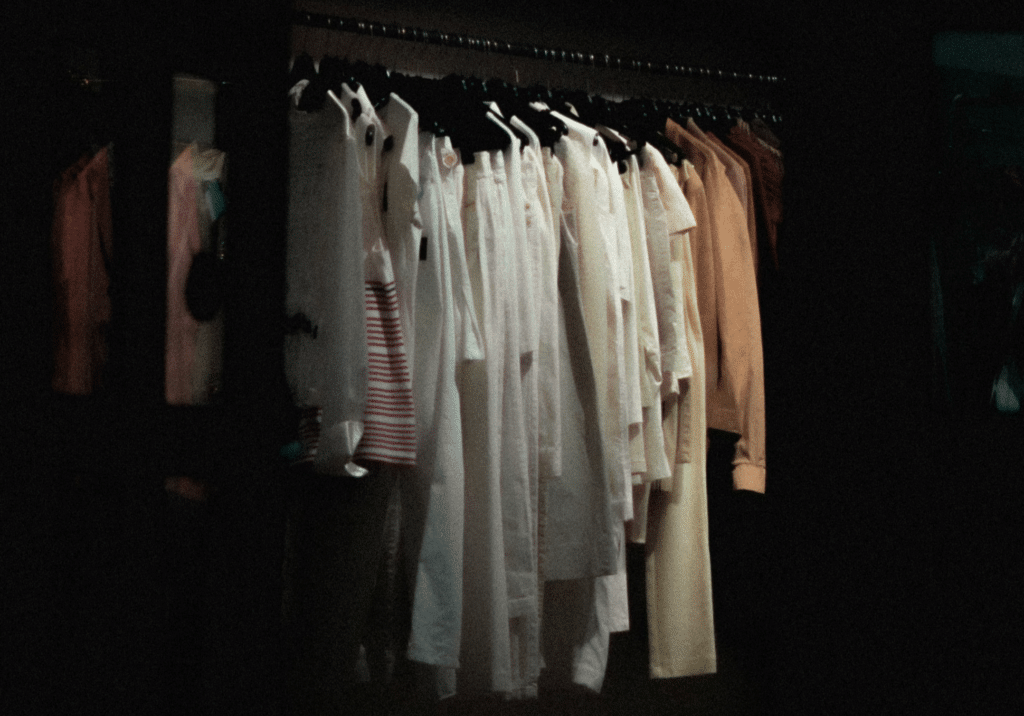In August 2017, Pantone created a new color. The small company headquartered about an hour outside of Manhattan in Carlstadt, New Jersey is known for its practice of coding colors and selling them as part of its Pantone Matching System, a proprietary standardization guide on “all things color.” Unlike its usual “Colors of the Year” (for 2018, it’s ultra violet) or its routinely-introduced seasonal colors, this one was different. The custom hue, a “distinct” deep purple, was created for Prince.
As Pantone noted that summer in conjunction with the late singer’s estate, “Prince’s association with the color purple was galvanized in 1984 with the release of the film Purple Rain, along with its Academy Award-winning soundtrack featuring the eponymous song. While the spectrum of the color purple will still be used in respect to the ‘Purple One,’ Love Symbol #2, will be the official color across the brand he left behind.”
Now, Prince’s estate and Paisley Park Enterprises, the late star’s main business company, want to legally claim the color as their own (in addition, of course, to any common law rights they already maintain in the color as a result of Prince’s use of it since the 1980’s; remember, trademark rights in the U.S. are borne by way of use of the mark and not simply by being the first to register it). To be exact, the Prince-affiliated parties filed an application for registration with the U.S. Patent and Trademark Office (“USPTO”) this month for “the color purple” for use on “musical sound [and] musical video recordings,” “motion picture films featuring music and musical entertainment,” and “entertainment services, namely, live performances,” “operating a museum and providing guided tours of the museum,” among other things.
Yes, a Prince museum might be coming! (A follow up to the Brooklyn Museum’s David Bowie exhibition, maybe?)
The trademark application – which notes that the “mark consists of the color purple alone, which is the approximate equivalent of Pantone Matching System color identified as Love Symbol #2” – comes as the protectability of colors has been a recurring topic of interest for brands for some time, including since the Supreme Court held in the mid-1990’s in Qualitex Co. v. Jacobson Products Co. that color can, in fact, be registered, as long as it identifies the source of the products. Interest was spurred again in the wake of the 2013 decision from the Second Circuit Court of Appeals, which held that Christian Louboutin does, in fact, have a valid trademark in “Chinese red” for use on the soles of shoes (as long as those shoes are not monochrome red).
More recently, the European Union’s highest court sided with Louboutin in its latest battle over the red sole, holding that the red shoe sole is not incapable of enjoying trademark protection, as it does not fall within the absolute grounds for refusal.
Brands’ attempts to gain – and enforce – federal protection for color serve to highlight the importance that color has in a brand’s enduring identity and its marketing strategy. In much the same way as a trademark acts as an immediate indicator of the source of a product or service for consumers, color can play an important source-identifying function. And unsurprisingly, just as many brands have been able to monetize the recognizability and appeal of their trademarks, no shortage are looking to color for the very same benefits.
As for Prince’s estate, its mark will be examined by a USPTO attorney (to ensure that it is not confusing similar to any existing marks) and then published in the USPTO’s weekly publication, thereby giving other parties that believe they will be damaged by the registration of the mark an opportunity to oppose it.
It is worth noting that prior to Prince’s death in April 2016, his management company appeared to potentially had plans for a clothing collection of sorts (or a tour merchandise-type of venture), as Paisley Park Enterprises filed to federally register the musician’s name in a couple of classes of goods, including Class 25, which covers clothing. The current application for the color purple, however, does not claim clothing or accessories.











